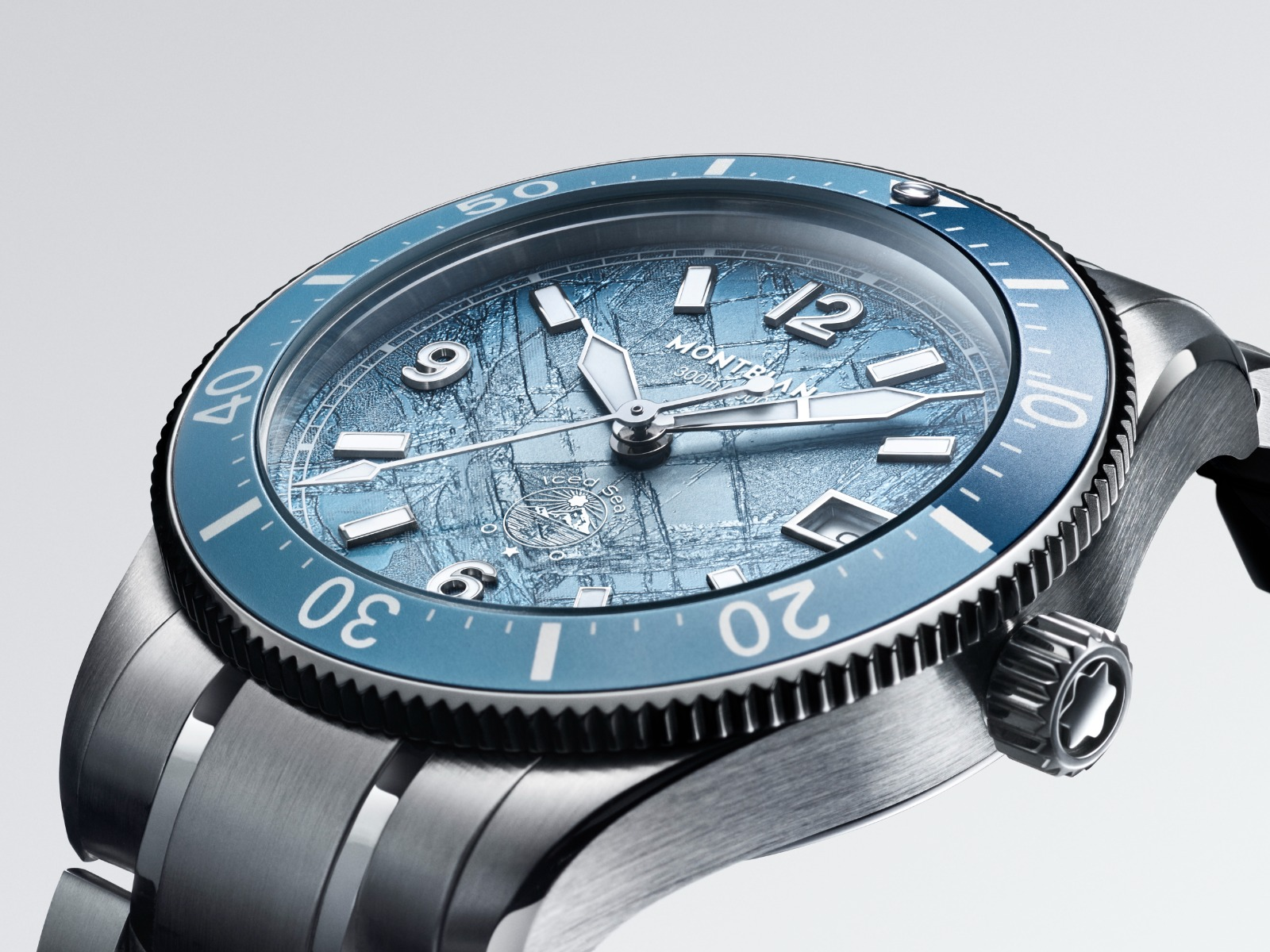Watchmaking: Is Austerity the New Complication?
Feb 29, 2016
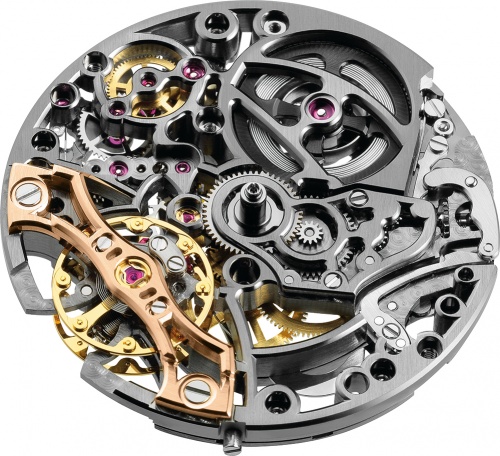
Every January, with all the precision that one can expect of a fine Swiss watch, the Salon International de la Haute Horlogerie unfolds at the PalExpo in Geneva in Switzerland. Conceived as the more exclusive alternative to the monster watch show, Baselworld, which takes place in March, SIHH is closed to the public. Those that attend are journalists, retailers and a few select patrons of the exhibiting brands. Cliquish as the show is, it is nothing short of overwhelming to seasoned veterans and newcomers alike.
Among the watches and makes of watch that made the biggest impressions and best represented the mood of the show, IWC was prominent. The brand surprised many watchmaking industry pundits by skipping over its DaVinci line, which was due for an update, and opting instead to reintroduce its popular Pilot’s line of professional timepieces.
Unlike 2012, the last time that the Pilot’s collection was updated, rather than go for wow factor, the 2016 collection is a study in understatement, that is if a range which includes a giant perpetual calendar named after the Top Gun training school for fighter pilots can ever be described as understated. The brand has been anything but humble under the stewardship of chief executive Georges Kern, but the new collection shows a startling degree of humility.
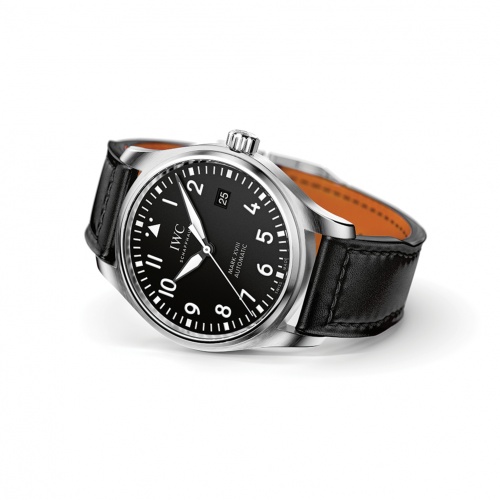
My own favourite, the Mark XVIII, also happens to be one of the least expensive of the new models on display. In a case measuring 40mm across, 1mm less than its predecessor, the watch dispenses with the Mark XVII’s controversial triple-date window, which had become an unfortunate collection-wide design trope. The slimmed-down and cleaned-up new model is a perfect example of everything you need and nothing you don’t need. An in-house calibre under the hood would be nice, but at a hair under US$4,000, it’s hard to complain.
Among the rest of the collection, the ceramic-cased Big Pilot spans 48mm to 46mm in diameter, and a new world timer chronograph, the Timezoner, makes its debut. Also for the first time, a blue-faced Big Pilot becomes a production piece, rather than a limited edition.
Cartier also impressed with restraint. While previous years have seen exotic complications put together with equally exotic case materials, the big story at the Cartier booth was the brand’s new man’s watch, the Drive de Cartier. As with the IWC Mark XVIII, the Cartier Drive is an understated timepiece, though with an emphasis on elegance rather than sport.
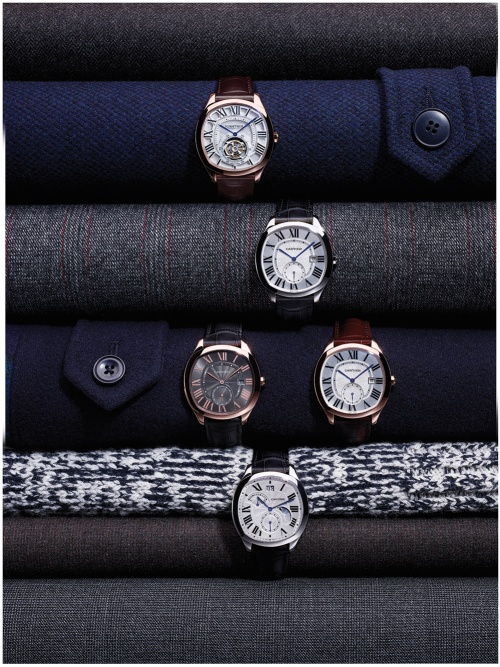
With its cushion case and automotive-inspired guilloche dial, the Drive would be as comfortable in a dinner jacket as it would be in a pair of broken-in jeans. And like the IWC Mark XVIII, its 40mm case diameter makes it yet another example of the trend towards smaller watches. The best part, however, is what’s inside. Rather than rely on an outsourced movement, the Drive uses Cartier’s new 1904MC-PS in-house calibre. Starting at US$6,250, the Drive is amazingly good value.
Good value was on display at the Montblanc booth, too. Under the leadership of chief executive Jerome Lambert, the make has become something of a poor man’s Jaeger-LeCoultre. That is a compliment. The updated 4810 Orbis Terrarum Worldtimer evokes Jaeger-LeCoultre’s brilliant Geophysic Universal Time, yet has half the price tag.
The new Heritage Chronométrie Chronograph Quantième Annuel brings the popular annual calendar complication to the masses at a price that would make Patek Philippe blush. Housed in a vintage-inspired case that evokes the Minerva chronographs of old – now owned by Montblanc – this is a watch that would be at home on any collector’s wrist, whatever his income.
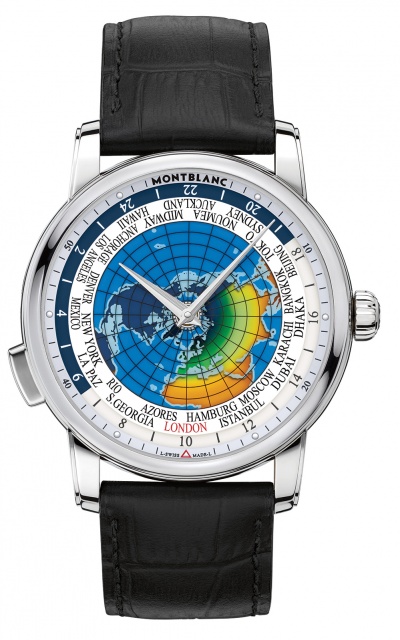
The big news from Vacheron Constantin was the revamp of its Overseas line, completely made over for the first time since 2005. The Maltese cross motif is still evident in the bezel and bracelet, but the lines have been softened somewhat. For the first time, the time-only and chronograph versions come with an entirely new in-house calibre. The Overseas remains water-resistant – to 150 metres, to be exact – and antimagnetic, as a proper sports watch should be.
The watch now has a novel quick-change arrangement to facilitate hot-swapping the bracelet for a leather or rubber strap, both of which are included. Its direct competitors, the Patek Philippe Nautilus and the Audemars Piguet Royal Oak, have no such feature. All of this comes at a price, which has jumped to US$29,000. But when compared to its rivals, the watch has qualities, particularly its extra versatility, that justify the price difference.
Jaeger-LeCoultre was busy celebrating the 85th anniversary of the advent of its iconic Reverso with the introduction of a slew of new models echoing the brand’s storied past. My favourite is the Tribute Duo, with its textured white dial and blued indexes and hands. The look is at once classic and modern, with excellent contrast. This being a Duo, when you flip the case over, you’re treated to a second dial which shows the time in another time zone of your choice
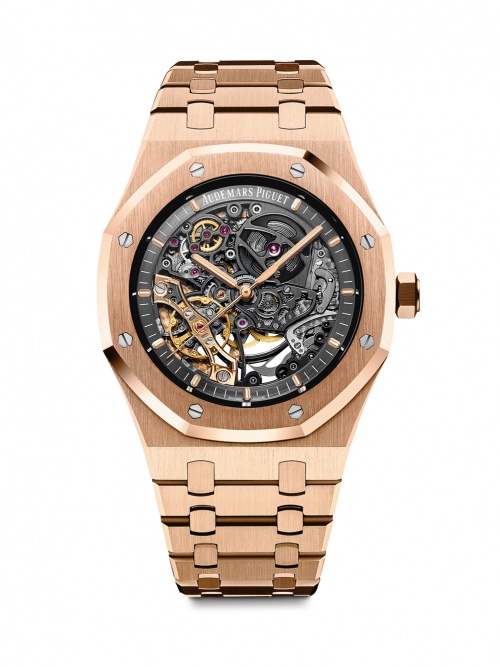
One watchmaker that wasn’t afraid of making a splash was Audemars Piguet, which took the opportunity to drench us with colour. While the star was undoubtedly the Royal Oak Double Balance Skeleton, with its novel balance wheel and skeletonised movement, the shocker was the limited-edition Royal Oak Offshore Diver Chronograph, which is being offered in yellow, orange, blue and neon green. These pieces are reminiscent of a series of Royal Oak Offshore Chronographs sold in the late 1990s. Given the somewhat subdued nature of this year’s SIHH, they added a dash of showmanship.
A. Lange & Söhne also wowed the gathering, even though doing so has become something of a routine. The star of the booth was the dazzling Datograph Perpetual Tourbillon that combines a column-wheel chronograph and a perpetual calendar with a tourbillon escapement. As with all Langes, the finishing of the case and movement is a step beyond superlative, every component being lovingly hand-finished to perfection. With a list price approaching US$300,000, this is to be expected.
What was unexpected was an addition to A. Lange & Söhne’s highly sought-after Lumen series. The Grand Lange One Moonphase Lumen received the glow-in-the-dark treatment. The moon phase disk has 1,164 laser-cut stars, each shining brightly in the dark.
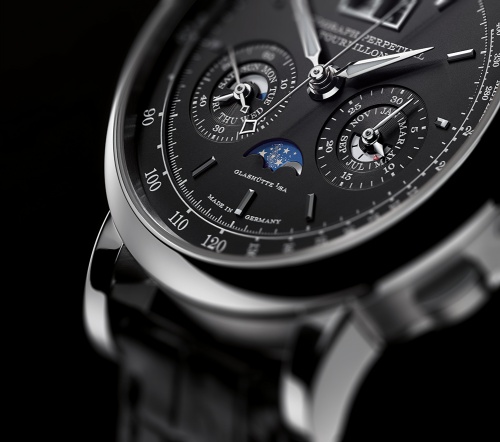
Among the independent makes, two stood out. Laurent Ferrier’s Galet Square Boréal, with its luminous sector dial, is exceptional. A dress watch is usually devoid of extraneous design elements, including lume. Not so with this piece. The watch is supremely elegant, but the splash of lume – ecru or green – adds just enough playfulness to make the piece work in a more casual capacity. As with all Ferrier watches, the finishing of the case and movement is beyond reproach. H. Moser & Cie was showing for the first time. The brand had no new model to introduce but its collection is notable. The cheeky Swiss Alp watch, which is a take on the Apple Watch, delights with its irreverence. The same may be said of the deconstructed Endeavor Perpetual Calendar Concept, which is devoid of markings denoting its functions or brand. With chief executive Edouard Meylan at the helm, the make will keep on forging a reputation in new and exciting ways.
SIHH 2016 was more reserved than its predecessors with a focus on evolution rather than revolution. Given the uncertain economic climate, it’s easy to understand why brands are emphasising value. Now all eyes will turn to Basel, where the rest of the watchmakers, including heavyweights Rolex, Omega and Patek Philippe, will unveil their new collections. Will the mood there be as subdued as in Geneva or will Basel dazzle collectors?





























